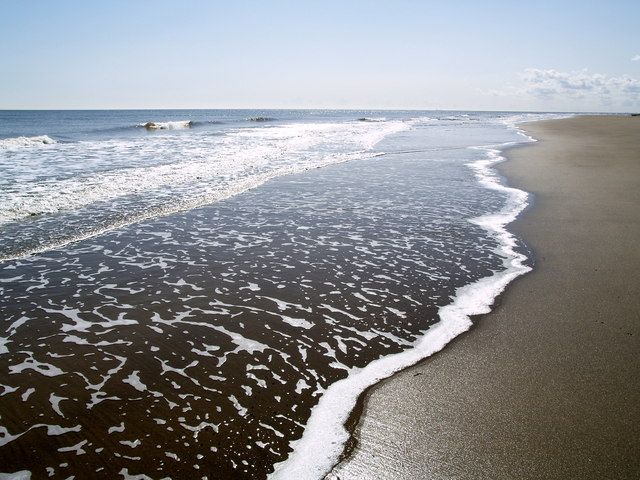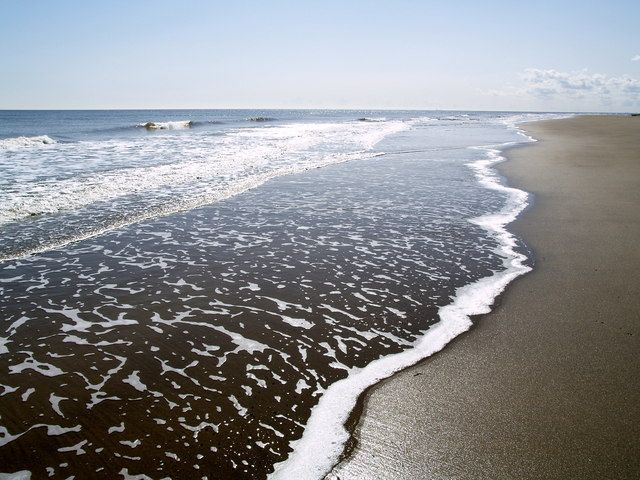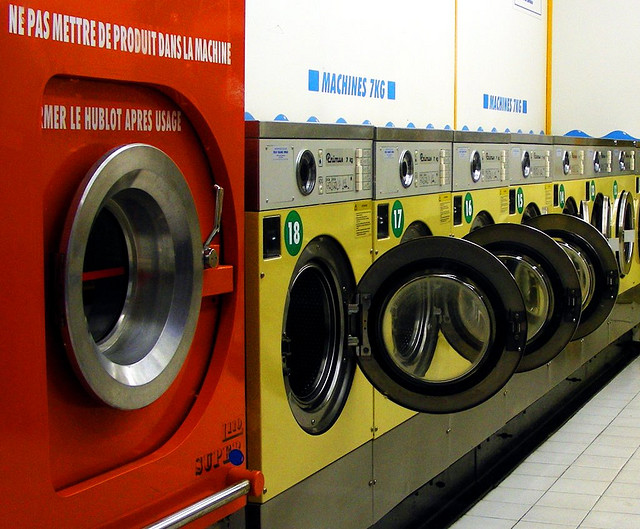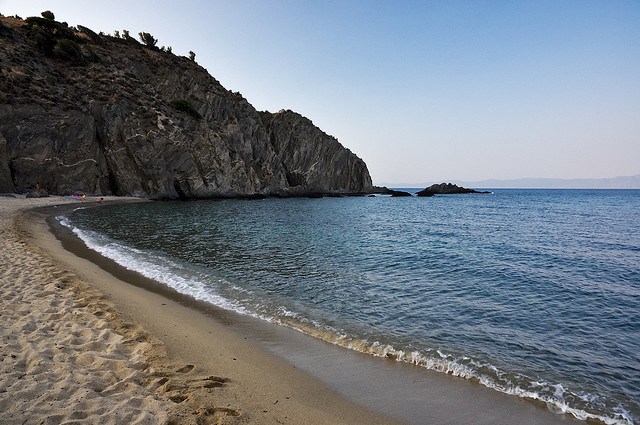Marine habitats at risk from ‘Microplastics’, warns study
A new study has found that microscopic plastic debris produced from washing clothes is amassing at such a pace in the marine environment that it could be entering the food chain.


A new study has found that microscopic plastic debris produced from washing clothes is amassing at such a pace in the marine environment that it could be entering the food chain.
According to researchers from the Journal of Environmental Science and Technology, ‘micro-plastics’ released from synthetic clothes are being increasingly found inside marine creatures. Forensic evaluation of so-called microplastics from sediments showed that the proportions of polyester and acrylic fibers used in clothing resembled those found in habitats that receive sewage-discharges and sewage-effluent itself. Experiments sampling  wastewater from domestic washing machines demonstrated that a single garment can produce up to 1,900 fibres per wash. This suggests that a large proportion of microplastic fibers found in the marine environment may be derived from sewage as a consequence of washing of clothes. The ingestion of these microplastics provides a potential pathway for the transfer of pollutants, monomers, and plastic-additives to organisms with uncertain consequences for their health. The study warns that as the human population grows and people use more synthetic textiles, contamination of habitats and animals by microplastic is likely to increase.
wastewater from domestic washing machines demonstrated that a single garment can produce up to 1,900 fibres per wash. This suggests that a large proportion of microplastic fibers found in the marine environment may be derived from sewage as a consequence of washing of clothes. The ingestion of these microplastics provides a potential pathway for the transfer of pollutants, monomers, and plastic-additives to organisms with uncertain consequences for their health. The study warns that as the human population grows and people use more synthetic textiles, contamination of habitats and animals by microplastic is likely to increase.
“Research we had done before showed that when we looked at all the bits of plastic in the environment, about 80 percent was made up from smaller bits of plastic,” Mark Browne, an ecologist based at the University of California, Santa Barbara, told BBC News. “This really led us to the idea of what sorts of plastic are there and where did they come from.”
 The study found that microplastic contaminates the shorelines at 18 sites worldwide representing six continents from the poles to the equator, including the UK, India and Singapore. Data showed that beaches located near largely populated urban areas contained high concentrations of microplastic, which led to tests to determine as to whether sewerage discharges was the source of plastic discharges. “We found that there was no sample from around the world that did not contain pieces of microplastic,” said Dr Browne, a member of the US-based research network National Center for Ecological Analysis and Synthesis.
The study found that microplastic contaminates the shorelines at 18 sites worldwide representing six continents from the poles to the equator, including the UK, India and Singapore. Data showed that beaches located near largely populated urban areas contained high concentrations of microplastic, which led to tests to determine as to whether sewerage discharges was the source of plastic discharges. “We found that there was no sample from around the world that did not contain pieces of microplastic,” said Dr Browne, a member of the US-based research network National Center for Ecological Analysis and Synthesis.
Image 01: Andy Beecroft | Wikimedia Commons
Image 02: Thomas Claveirole | Flickr
Image 03: Horia Valan | Flickr
